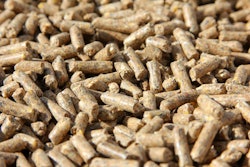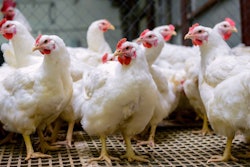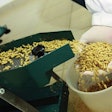
Providing extra feed to animals can generate more heat
With electricity bills increasing every month, few believe this energy crisis will ease anytime soon. In fact, the EU is facing a difficult winter and some, if not many, animal facilities face the risk of closing down because they will not be able to keep their animals warm. One of the most sensitive species to temperature are young broilers that need to be kept extra warm during most of their productive life.
Giving extra feed to animals is a sure way to keep them warm(er). Converting feed to meat, milk, eggs, etc., even for maintenance, causes internal heat production (the heat increment, as it is known to most nutritionists). However, even feed is not cheap anymore, especially since cereals are equally expensive due to the war in Ukraine. So, here are three ways feed can keep animals warm during winter.
- Extra allowance. Nutritionists know how much extra feed is needed per head per day to increase heat production by each degree Celsius (or Fahrenheit) for each species. Whether it is less expensive to do so compared to other forms of keeping animals warm is a matter of algebra comparing different solutions.
- Extra feed energy. Animals use the energy in their feed to keep warm. So, adding more fat or lipids during cold times will not increase carcass fatness. However, there is the need for the nutritionist to balance things correctly depending on environmental temperatures and animal species.
- Extra fiber. Fiber is not utilized by the animal directly as it cannot be digested by animal enzymes. Luckily, the animal’s microbiota in the large intestine can “burn” fiber producing heat – a lot of heat, and even some energy that can be absorbed by the animal in the form of volatile fatty acids. Adding too much or the wrong fiber can cause feed intake depression and even reduction of all nutrient digestibility, so trade with care as this is again a balancing exercise.
It is during these difficult times that the role of highly trained and experienced nutritionists is really appreciated. It is not difficult to put together a semblance of a feed formula even without a degree (I did it during my high school years.) But it takes certain training and experience to be able to balance extreme measures against cost and animal performance – eventually, profitability. Applied animal nutrition is a serious science that is no longer mastered by all nutritionists, but times change, as they always do.


















